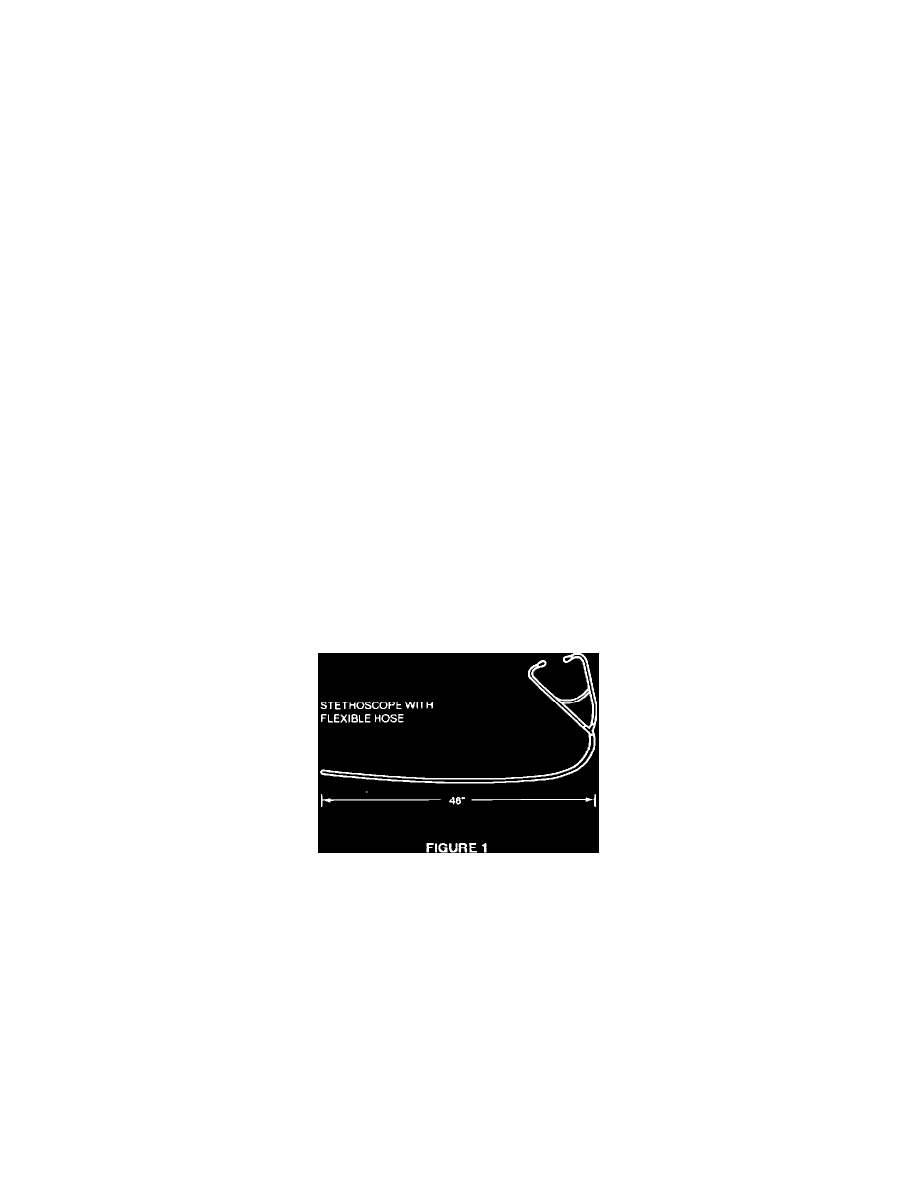Bonneville V6-3800 3.8L Supercharged (1992)

Technical Service Bulletin # 921053
Date: 920601
Interior - Windnoise Correction
Bulletin Number:
92-10-53
Reference Number:
201008
Publish Date:
6/92
Subject:
WINDNOISE CORRECTION (IMPROVED DIAGNOSTIC PROCEDURE)
Models
Affected:
1992 BONNEVILLE MODELS
This bulletin is intended to help diagnose and repair windnoise conditions in various areas of the 1992 Bonneville vehicles. After completing the general
diagnosis section of this bulletin, the chart provided will direct the technician to the problem area. All charts are treated as add conditions to the Road
Test and Diagnose Labor Operation.
The basic aerodynamic shape of the subject vehicles together with specific wind noise related changes (wrap-around windshield, flush side glass, quiet
o/s mirror, etc.) have made this vehicle significantly quieter for wind noise than its predecessors. When problems related to parts fit or function do occur
however. their impact will be much more noticeable against the quieter background noise level. This service bulletin is intended to properly diagnose the
problem and remedy the situation in the most efficient manner possible.
Note:
The information is presented in a ranked order based on a combination of a particular location being sensitive to wind noise and/or likelihood of
occurrence at that location.
Diagnosis should not be limited to input from the customer due to the complexity of pinpointing the noise source. The preferred technique is a two-step
approach of test driving the vehicle, followed-up with visual inspections of specific locations. The drive inspection should be used primarily to localize
wind rushes to a general body position (i.e.. front or rear, left side or right side) and to identify specific leak pathways. Once this information is obtained,
a visual inspection can be used to pinpoint the problem source.
Following is the recommended method for test driving and inspecting the complaint vehicle. Note that this method requires two people (to properly
check all locations); a stethoscope (Figure 1) with 48" of flexible hose attached; and a roll of 2" wide duct tape. The car should be evaluated at speeds of
50 mph or higher (observe local speed limits), using smooth, hard road surfaces and with outside wind conditions as calm as is feasibly possible. Note
that under high, gusty wind conditions, the occupant's perception of wind noise will be adversely affected on all vehicles.
Test Drive Evaluation
Attempt to define the general location of the wind noise source with the unaided ear and determine if the noise is of a loud, generalized background
nature (wind rush) and/or a specific, localized nature (wind leak). Using a stethoscope, check:
